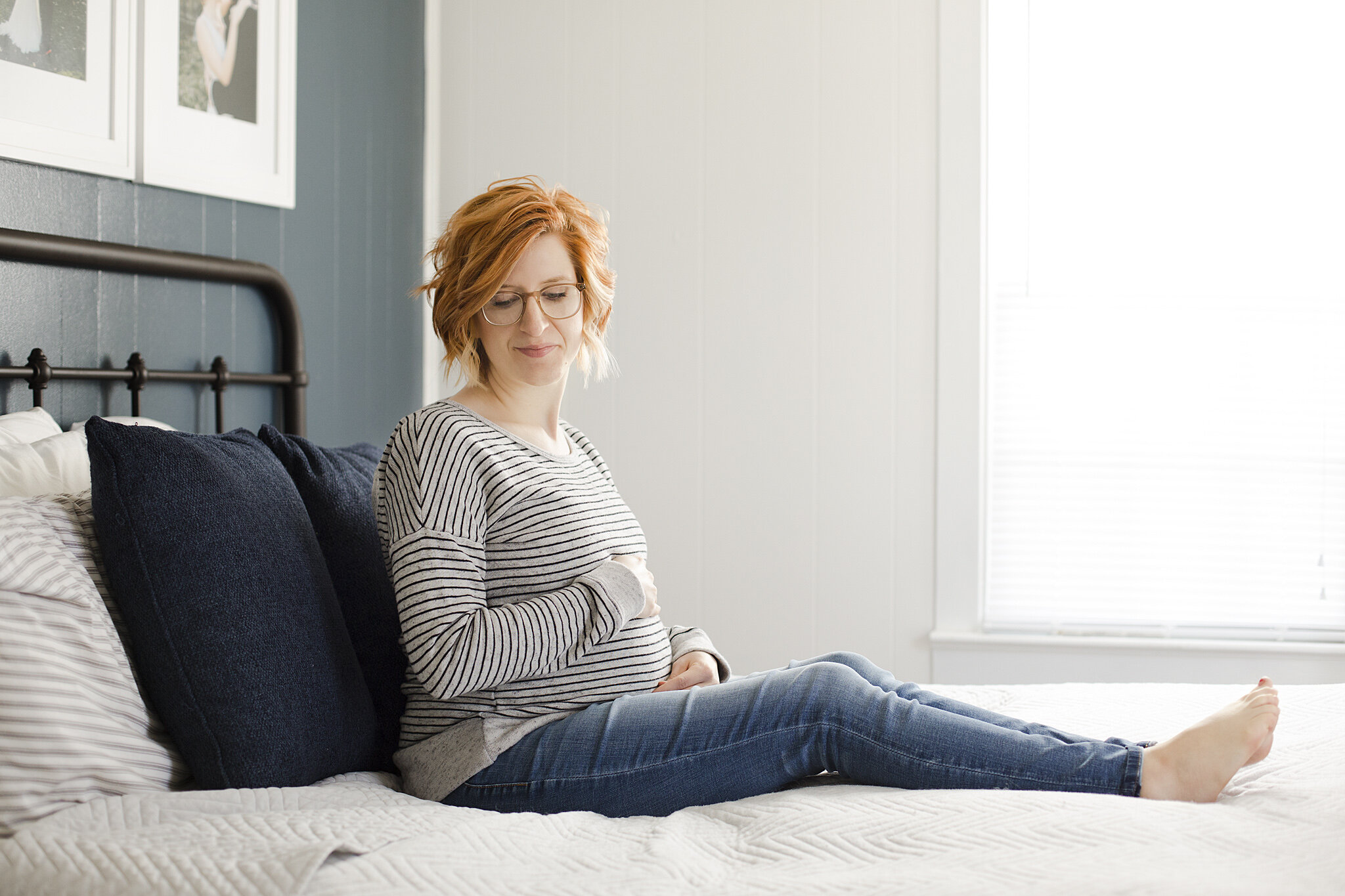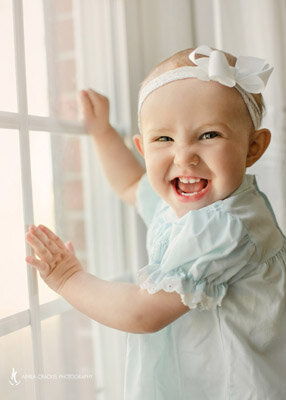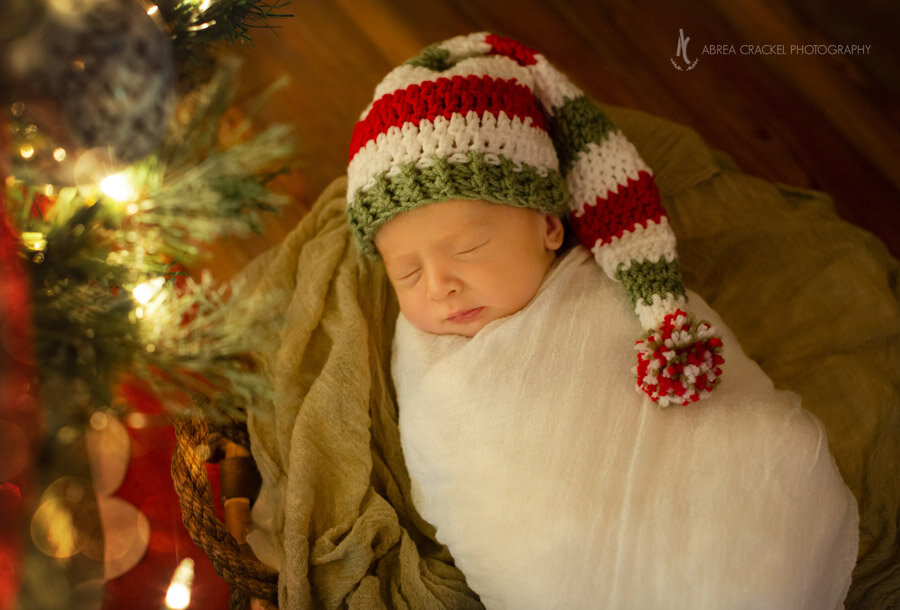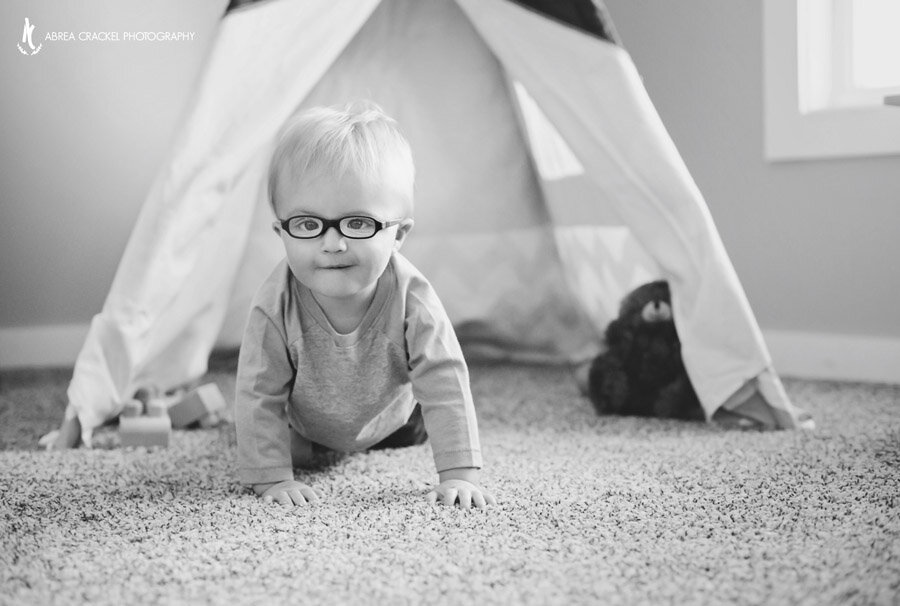Pregnancy can be such a fun, exciting time for expecting mommas, but it can also have its hurdles! Though I was fortunate enough to have a mostly “normal”, easy pregnancy, it wasn’t without a few physical discomforts and emotions that never quit. ;) So I have put together a little list of things that helped me with my pregnancy, in hopes that it may help any ladies out there who are navigating their own pregnancy now, or who may in the future. (Of course, consult your doctor as needed! Try these things at your own risk! 😉)
Tea!
I am a huge coffee lover, and though I try to only have one, maybe two cups on a normal day, during my first trimester of pregnancy I had a strange aversion to coffee. I wanted to want my daily cup of joe, and would even fix a cup, only to take a sip and not be able to drink any more of it. I stopped trying to drink it, but missed that cozy warm treat in the mornings, so I switched to a cup of homemade chai tea instead. It wasn’t quite the same, but it did help me get through until my second trimester, when I started being able to drink coffee again (though I couldn’t drink it without sugar until my 3rd trimester! Baby James had a sweet tooth, that’s for sure!) **On a side note, I have talked with a few other moms of boys, and they had a weird coffee aversion during pregnancy too! Any other mommas have this experience? If so, did you give birth to a boy or a girl? :)
Another fun little pregnancy symptom I experienced was some insomnia, especially in my early 3rd trimester. I found that if I drank some chamomile tea before bed I would sleep MUCH better! It knocked me out!!
2. Yoga
I had a mostly good pregnancy, but that first trimester nausea and morning sickness was no joke. I never realized how mentally exhausting it would be to battle nausea all day until I was in that season, and it will wear a girl out! Thankfully, it eased up a ton at the beginning of my second trimester, and was pretty much gone for good after about week 20. However, I found that if I did at least Episode 1 of Katy Appleton’s pregnancy yoga series on YouTube, it would help a lot with my energy and, surprisingly, my nausea.
This episode focuses mostly on breathing and very simple stretching, but I could tell a big difference in the days I did it and the days I skipped. It’s just 10 minutes long, so if you are up for trying it (after making sure it’s okay with your doctor!) you can check it out at the link above! (I recommend the other yoga videos in that series, too, if you are looking for a simple yoga practice to try during your pregnancy. Again, consult your doctor first. 🙃)
3. These Books
Though I never actually read “What to Expect While You’re Expecting”, I did read these two books (and a few others) during pregnancy, and I recommend them both!
The First Forty Days focuses a lot on your recovery period, mentally and physically, after you give birth, and talks about being graceful with yourself, accepting help from those who want to help, and has recipes and tips for foods to incorporate into your postpartum diet to help with healing. (Jimmy actually got this one for me, it was so thoughtful of him!)
Hypnobirthing: Practical Ways To Make Your Birth Better is one that I highly recommend for first time moms especially, who may be a bit nervous about giving birth. This book may sound a little “woo-woo” (the word “Hypnobirthing” in the title is a little misleading— it doesn’t have anything to do with hypnosis!) and some parts of it include exercises for visualizations and such for during labor, but I found a lot of the advice in the book helpful, and even things I didn't know I’d use ended up coming in handy later! It also has a whole chapter on the actual birthing process, which helped me understand what the different stages of labor were and explained some medical terms I didn’t know before then. Though the midwife at the hospital directed me through different breathing exercises during labor than what is illustrated in the book, I still find myself using the calming ones at times when I am feeling anxious.
(I found there’s no way to make a pregnancy pillow look glamorous in a photo, haha!)
4. Pregnancy Pillow
My sister gave me a pregnancy pillow to use at the beginning of my pregnancy, and though I didn’t use it at first, around Thanksgiving I all of a sudden had back pain and could not get comfortable in bed. This pillow solved both of those issues, and I was forever grateful to have that on hand when I needed it! Though I think Jimmy is a bit happy to have this out of our lives now, it does take up a bit of room. 😄
5. The Pregnancy Podcast
Maybe a lot of moms go into pregnancy knowing all there is to know about everything, but I felt a little lost, especially at the beginning. The Pregnancy Podcast was such a great resource! I found a lot of answers to questions I had, from the simple ones to the more embarrassing ones. 😬 She didn’t seem to push any certain kind of agenda, but presented a lot of her own research on topics without coming across judgmental if you chose a different kind of birth plan than she did. She isn’t a doctor, but I found her podcast to be super helpful and clarifying.
6. These Prenatal Vitamins
I did so. much. research. about so. many. things. and maybe not surprisingly, prenatal vitamins turned out to be a bit intimidating to read about. There were a ton of vitamins and supplements that every company told you you needed, and it different amounts, in different forms, and it was stressing me. 😂 So, after listening to the Pregnancy Podcast I mentioned above and hearing her talk about these prenatal vitamins from Zahler, I decided to look those up and found a lot of great things to be said about them. I tried them and they worked great for me, though they do have a strong-ish smell so (speaking from experience) you may not want to keep them in a small cabinet and inhale when you open it, especially if you have any kind of nausea to contend with! 🥴 I still take them while I am breastfeeding. I haven’t had any reflux from them, but I do recommend taking them with food as it says on the packaging.
You can find them on Amazon here, but if you go to www.pregnancypodcast.com and scroll down, you’ll find a 20% off coupon code for them (at least at the time of this blog!) Of course, ask your doctor before taking them and all that. :) I don’t get anything out of saying this, I just had a good experience with these!
Congratulations to any expecting mommas who may be reading this! I hope you have a wonderful pregnancy and a positive birthing experience. I know right now is a weird time in the world, but you’ve got this and you will be a great mom to your little one! And remember on the hard days to tell yourself, as Practical Ways to Make Your Birth Better says, “My body was made to birth (and I would add, to carry!) this baby”. I believe in you. :)






















